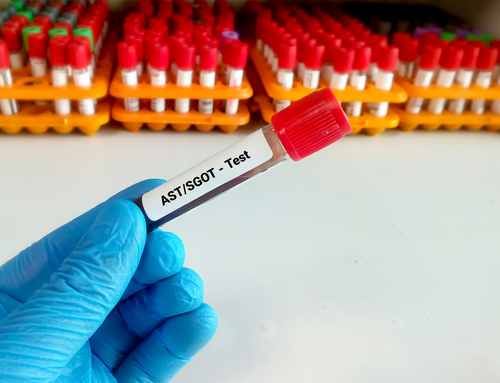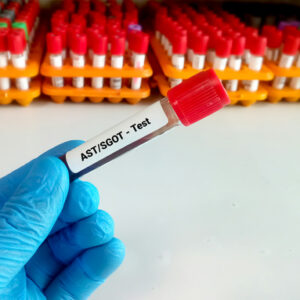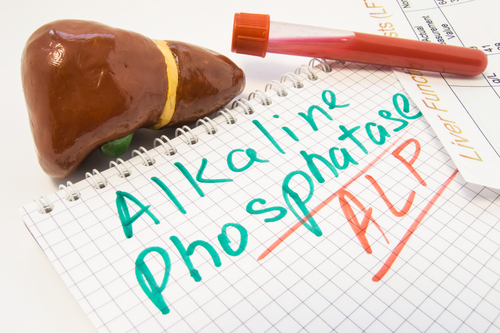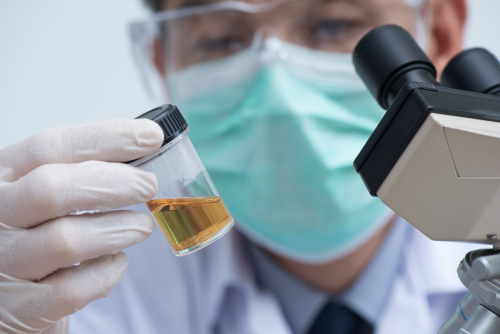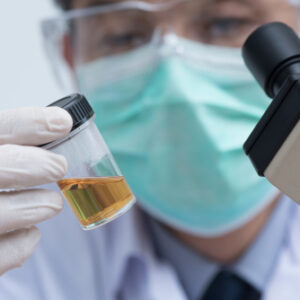What is Haemoglobin?
Its main purpose is carrying oxygen via blood from the lungs to the body tissues. Haemoglobin also stores about 70% of the total iron present in our bodies. An interesting fact is that this iron content is what gives reddish coloration to the blood.
Haemoglobin Level and Normal Range
Normal Haemoglobin levels for men is between 14.0 and 17.5 grams per decilitre (gm/dL); for women, it is between 12.3 and 15.3 gm/dL.
What can cause my Haemoglobin to be high or low?
Various blood disorders can lead to an abnormal Haemoglobin count in the body. In the case of Haemoglobin, we mostly come across only cases of deficiency of haemoglobin.
Deficiency of Haemoglobin can be broadly categorised into three categories:
- Body isn’t producing enough;
- Rate of death of red blood cells is faster than their rate of production;
- Blood loss (can be internal or external). There are certain diseases that can also have an impact on the production of red blood cells, and on haemoglobin count as a consequence as well. The examples of such diseases are aplastic anemia (a condition that occurs when your body stops producing enough new blood cells), cancer, cirrhosis (a late-stage liver disease in which healthy liver tissue is replaced with scar tissue and the liver is permanently damaged), chronic kidney diseases, leukemia (cancer of the body’s blood-forming tissues), etc. These diseases use either of the three basic causes mentioned earlier to deplete the haemoglobin count of a human body.
On the other hand, high Haemoglobin levels are caused by dehydration, smoking, blood cancer, lung or heart diseases.
What happens with a high or low Haemoglobin count?
A high haemoglobin count may result in thickening of the blood and stopping it from flowing smoothly. Thicker blood also tends to clot faster. This is a rare blood disorder known as polycythemia, and can lead to fatality by strokes or heart attacks.
Alternatively, low haemoglobin count hints to anaemia. There are several types of anaemia, among which the iron deficiency anaemia is the most common one. The other anaemia types include aplastic anaemia (the body doesn’t produce enough new blood cells), vitamin deficiency anaemia, pregnancy related anaemia, haemolytic anaemia, sickle cell anaemia, etc. Anemias can lead to fatalities if not treated correctly at an early stage.
How to maintain a healthy count of Haemoglobin?
Foods rich in iron and vitamins are the solution for the most common anaemia type, i.e. the iron deficiency anaemia. Eating green leafy vegetables, dried fruits, meat, fish, beans, nuts and seeds can help us maintain a healthy haemoglobin count.

